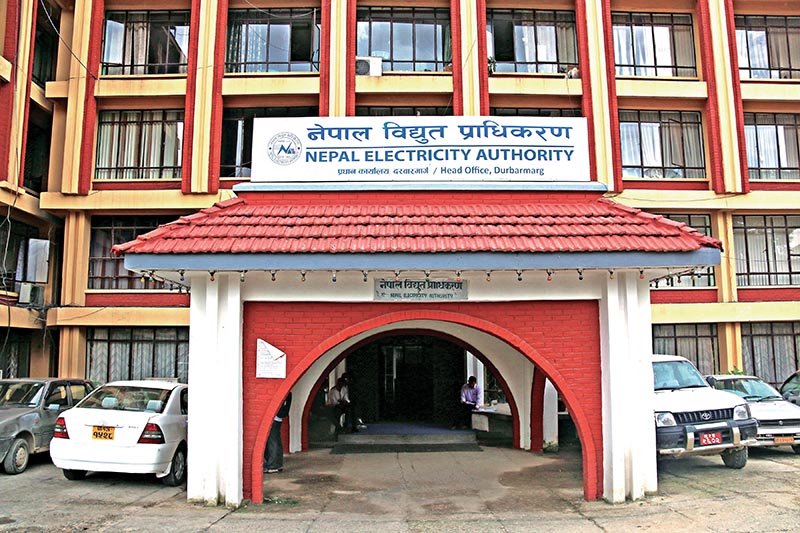Use of fossil fuel drops, as consumption of electricity increases
Kathmandu, January 8
Sale of diesel and cooking gas has decelerated lately, indicating industries and households are using more electricity to produce goods and services and cook food.
The sale growth of diesel has slowed down in the last three fiscals — from 24.4 per cent in the first four months of 2017-18 to 9.5 per cent in the same period of fiscal 2018-19. The growth further slumped to 1.9 per cent in the first four months of this fiscal.
A major reason for this deceleration is regular supply of electricity by Nepal Electricity Authority. Since the state-owned power utility formally declared the nation load-shedding free on 12 May 2018, more and more industries have stopped using diesel-powered generators to run their factories.
“We have cut down the use of diesel at our cement factory by more than 50 per cent since the end of load-shedding,” said Pashupati Murarka, former president of the Federation of Nepalese Chambers of Commerce and Industry, and one of the owners of Arghakhachi Cement. The factory also does not keep ‘much diesel in store as electricity supply has become normal’.
However, factories connected to the national grid without a dedicated feeder or trunk line have been facing frequent power tripping.
Malls, one of the biggest consumers of diesel when power cuts were normal, have also reduced consumption of fossil fuel.
“Our mall is now totally dependent on electricity supplied by NEA. We only use generators when the power supply fluctuates, which is quite rare these days,” said Deepeksha Rana, general manager of Labim Mall.
Moreover, households are also turning towards energy supplied by NEA to cook food, as evidenced by the drop of sales growth of liquefied petroleum gas to 10.8 per cent in the first four months of this fiscal.
Sales growth of LPG hovered around 12 per cent in the same period a year ago and 28 per cent in the same period a year before that.
However, power supply has become less reliable since the winter season set in because the distribution network of NEA is not robust enough.
Shakuntala Adhikari, a homemaker in Kathmandu, said she used both induction and gas stoves as the power supply had not been very smooth recently.
According to NEA, the distribution system is overloaded and feeders are tripping due to high demand of electricity — 1,335 megawatts across Nepal today. Transformers, especially in Kathmandu valley, are overloaded and distribution cables are catching fire.
NEA has given priority to supplying electricity to major construction areas and projects and has urged public to use induction stoves and other electrical home appliances, leading to an increase in the consumption of electricity, said Kul Man Ghising, managing director of NEA.
Consumption growth of petrol, meanwhile, has decreased to 13.2 per cent in the first four months of ongoing fiscal.
Sales growth of petrol stood at 17.4 per cent in the same period a year ago and 23.5 per cent in the same period of fiscal 2017-18.
Sales growth of kerosene has also dropped to one per cent in the first four months of the current fiscal, against 5.9 per cent and 28.5 per cent in the corresponding period of fiscals 2018-19 and 2017-18, respectively.
The sales of air turbine fuel declined by 1.6 per cent in the first four months of the ongoing fiscal year.
Sales growth of ATF stood at 3.1 per cent in the previous year and 28.1 per cent in the same period a year before that.
Sales growth of overall fossil fuel has slumped to 4.1 per cent in the first four months of this fiscal compared to 10.7 per cent in the same period a year ago and 24.6 per cent in the same period a year before that.






